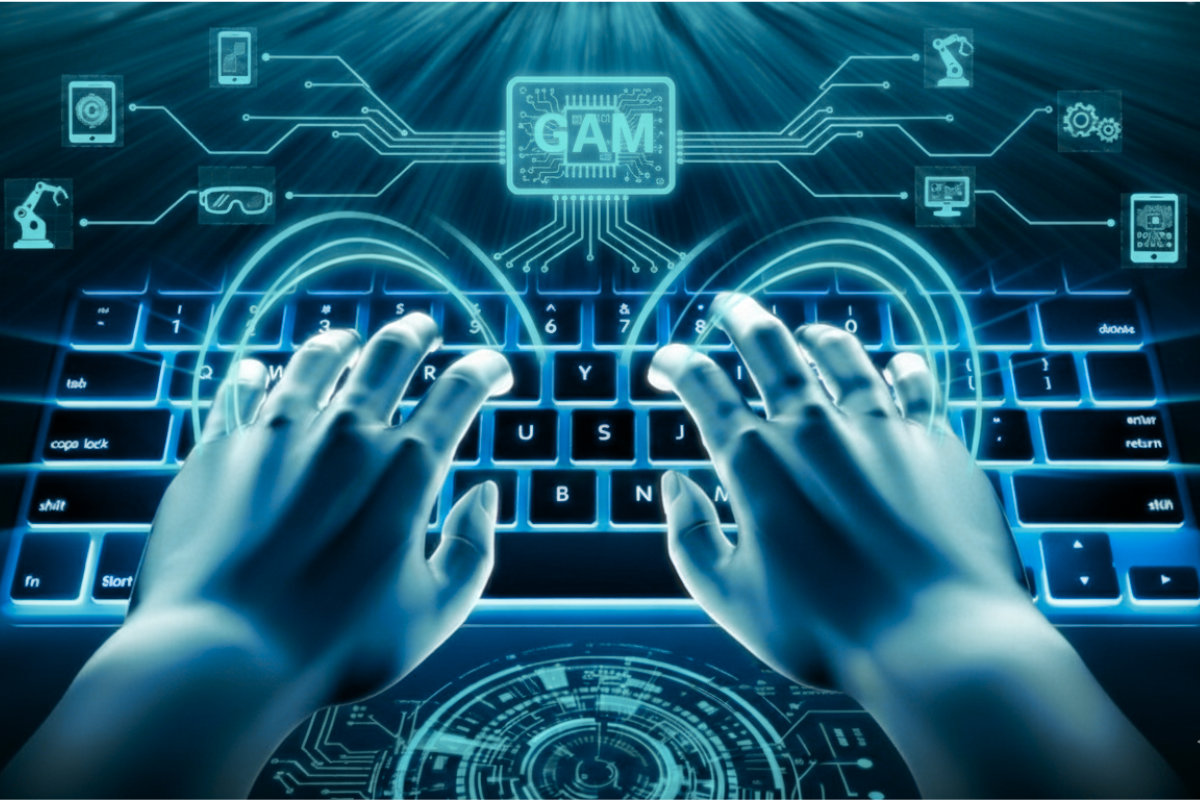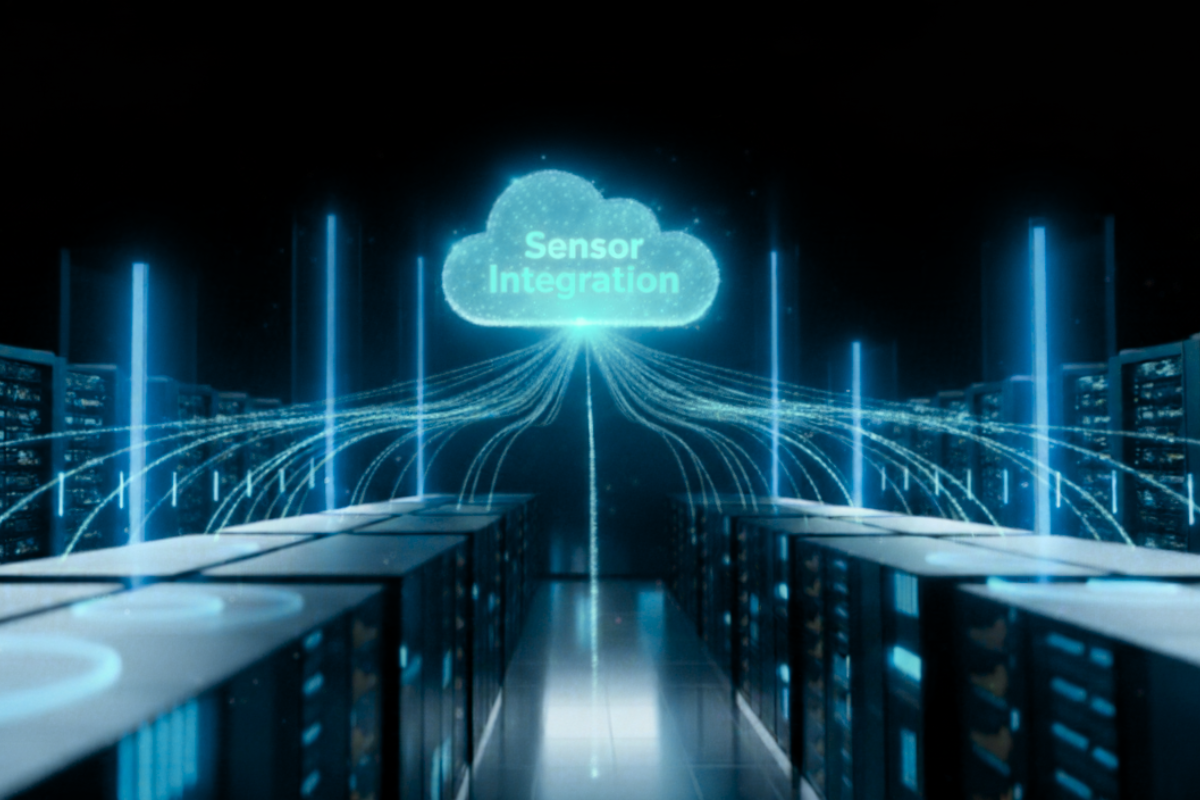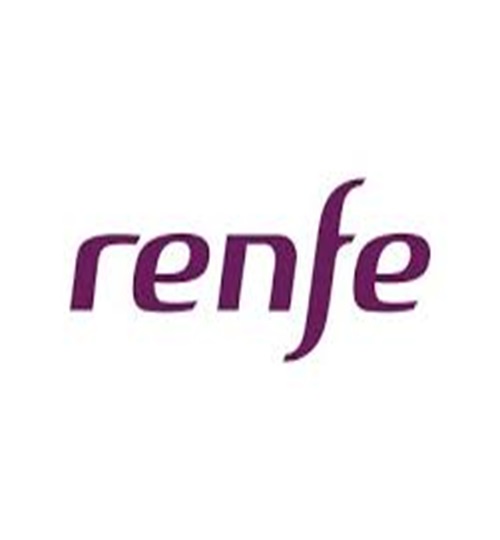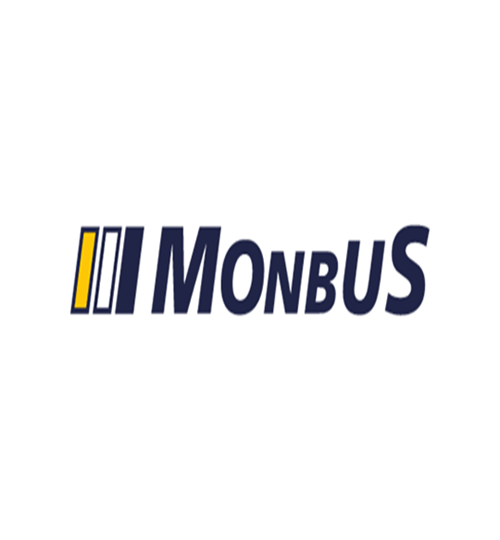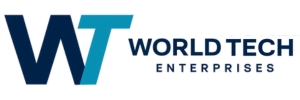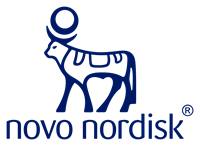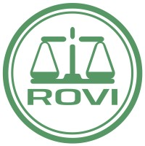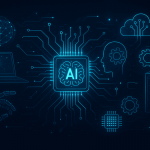
Model Monitoring

Sensor Integrations

Model Monitoring

Sensor Integrations
IoT – Self-service solutions
IoT Monitoring Platform with AI/ML Capabilities
Our IoT monitoring and management platform is designed to operate in heterogeneous environments, ensuring interoperability with multiple devices, protocols, and third-party systems

The solution is structured around modular integration middleware, which allows for the management of the entire cycle of IoT data acquisition, processing, and control, also incorporating artificial intelligence for the detection and prediction of anomalous behavior.

01
Integration and Communication Middleware
IoT middleware acts as an abstraction layer between the physical devices and the monitoring console. This component relies on an extensible set of drivers, each responsible for managing bidirectional communication with a specific family of devices or sensors.
Each driver implements the logic necessary for:
Real-time data acquisition.
Event and alarm management.
Sending commands and control actions to devices.
Handling industrial and IoT communication protocols (Modbus, MQTT, OPC-UA, REST, among others).
When no existing driver is available, the middleware allows ad hoc integration through:
DLLs, SDKs, or APIs provided by the manufacturer.
Low-level integrations, in cases where the device only offers access through serial interfaces or proprietary protocols.
This architecture facilitates robust two-way communication, allowing both remote control and dynamic reconfiguration of devices in the field.

02
Distributed Architecture and Edge Computing
The platform supports distributed and scalable deployments, adapting to different network topologies and connectivity requirements:
Edge Deployment: The middleware can be installed on Edge devices (miniPC, industrial gateway, etc.), which perform local processing and temporarily store data in an embedded database. This approach reduces latency, ensures service continuity in environments with intermittent connectivity, and allows periodic synchronization with the central console in the cloud.
Cloud Deployment: In scenarios with stable connectivity, devices can transmit information directly to the platform's cloud services, interacting with the remote management system through secure APIs.
Integration with External Repositories: If devices already publish their data to an existing repository, our middleware can connect to that data source (database, data lake, or API) and federate the information with the rest of the monitoring ecosystem.
Artificial Intelligence and Machine Learning
Machine Learning and Artificial Intelligence models are executed on the middleware data layer, designed to analyze the historical and real-time behavior of IoT devices. These models enable:
- Prediction of component failures or degradation through time series analysis and multivariate correlations.
- Detection of anomalies in consumption patterns, temperature, vibration, or other operational metrics.
- Optimization of operation and predictive maintenance, anticipating interventions before critical incidents occur.
- Automatic recommendations for adjustments or reconfigurations based on the evolution of device parameters.
03

The AI layer can be deployed both at the Edge (for real-time analysis and immediate decisions) and in the cloud, where training and global optimization models are executed.
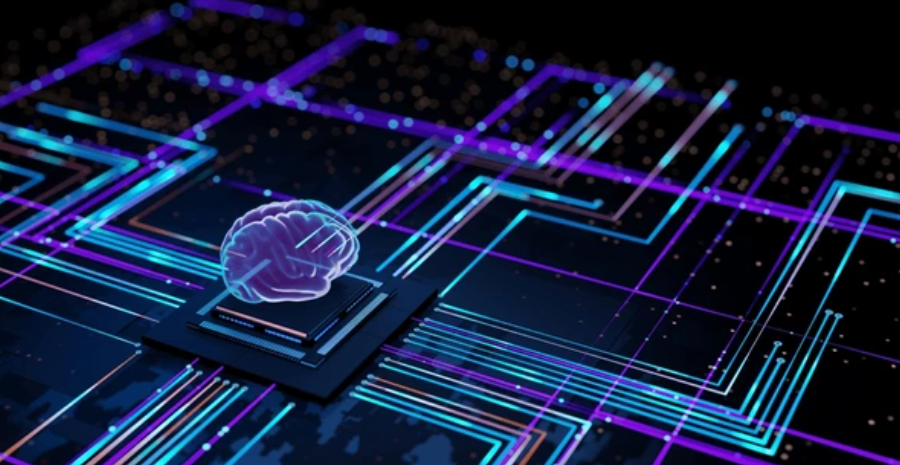
04
Supervision and Management Console
All processed information is consolidated in the monitoring console, which acts as a unified interface for visualization, analysis, and operational control.
Through interactive dashboards, users can:
Monitor device status.
View metrics and alerts in real time.
Execute remote control actions.
Consult reports automatically generated by AI models.




